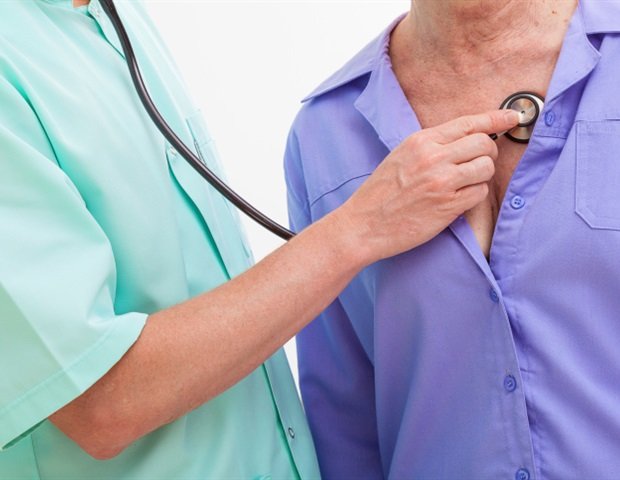A new lung scanning method is able to show the effects of treatment on lung function in real time and allow specialists to see the function of transplanted lungs.
This could allow doctors to spot any decline in lung function earlier.
The scanning method allowed the team, led by researchers at Newcastle University in the UK, to see how air moves in and out of the lungs as people take a breath in patients with asthma, chronic obstructive pulmonary disease (COPD) and patients who have received a lung transplant.
Publication of two supplementary papers in Radiology and JHLT Openthe team explains how they use a special gas, called perfluoropropane, which can be seen in an MRI. The gas can be safely inhaled and exhaled by patients and then scans taken to see where in the lungs the gas has reached.
Project leader Professor Pete Thelwall is Professor of Magnetic Resonance Physics and Director of the Center for In Vivo Imaging at the University of Newcastle. did he say “Our scans show where there is patchy ventilation in patients with lung disease and show us which parts of the lung are improving with treatment. For example, when we scan a patient while they are on their asthma medication, we can see how much of their lung and which parts of their lung are best able to move air in and out with each breath.”
Using the new scanning method, the team is able to reveal the parts of the lung where air does not reach properly during breathing. By measuring how much of the lung is well ventilated and how much is poorly ventilated, specialists can make an assessment of the effects of a patient’s respiratory disease and can identify and visualize lung areas with ventilation defects.
Proving that the scans work in patients with asthma or COPD, the team made up of experts from universities and NHS Trusts in Newcastle and Sheffield are publishing the first paper in Radiology.
The new scanning technique allows the team to quantify the degree to which ventilation improves when patients receive treatment, in this case a widely used inhaler, the bronchodilator, salbutamol. This suggests that imaging methods could be valuable in clinical trials of new lung disease treatments.
Use in lung transplants
A further study, published in JHLT Openreviewed patients who had previously received a lung transplant for very severe lung disease at Newcastle upon Tyne Hospitals NHS Foundation Trust. It shows how the team further developed the imaging method to provide measurements of lung function that could be used to better support lung transplant recipients in the future. The sensitivity of the measurement means doctors can detect early changes in lung function, allowing them to spot lung problems earlier and thus provide better care to patients.
In research studies, the team scanned the lungs of transplant recipients with multiple inhalations and exhalations, collecting MRI images showing how the air containing the gas reached different areas of the lung. The team scanned those who either had normal lung function or experienced chronic rejection after a lung transplant, which is a common problem in lung recipients as their immune systems attack the donor’s lungs. In people with chronic rejection, scans showed poorer air movement at the edges of the lungs, likely due to damage to the very small breathing tubes (airways) in the lung, a hallmark of chronic rejection also known as chronic lung allograft dysfunction.
We hope that this new type of scan may allow us to see changes in transplant lungs earlier and before signs of damage show up in the usual breath tests. This would allow any treatment to start earlier and help protect the transplanted lungs from further damage.”
Professor Andrew Fisher, Professor of Respiratory Transplant Medicine at Newcastle Hospitals NHS Foundation Trust and Newcastle University, UK, co-author of the study
The team says there is potential for this scanning method to be used in the clinical management of lung transplant recipients and other lung diseases in the future, bringing a sensitive measurement that can detect early changes in lung function that allow for better management of these conditions.
This lung imaging work has been funded by the Medical Research Council and The Rosetrees Trust.
Source:
Journal Reference:
Pippard, BJ, et al. (2024) Assessment of lung ventilation and bronchodilator response in asthma and chronic obstructive pulmonary disease with 19F MRI. Radiology. doi.org/10.1148/radiol.240949.
